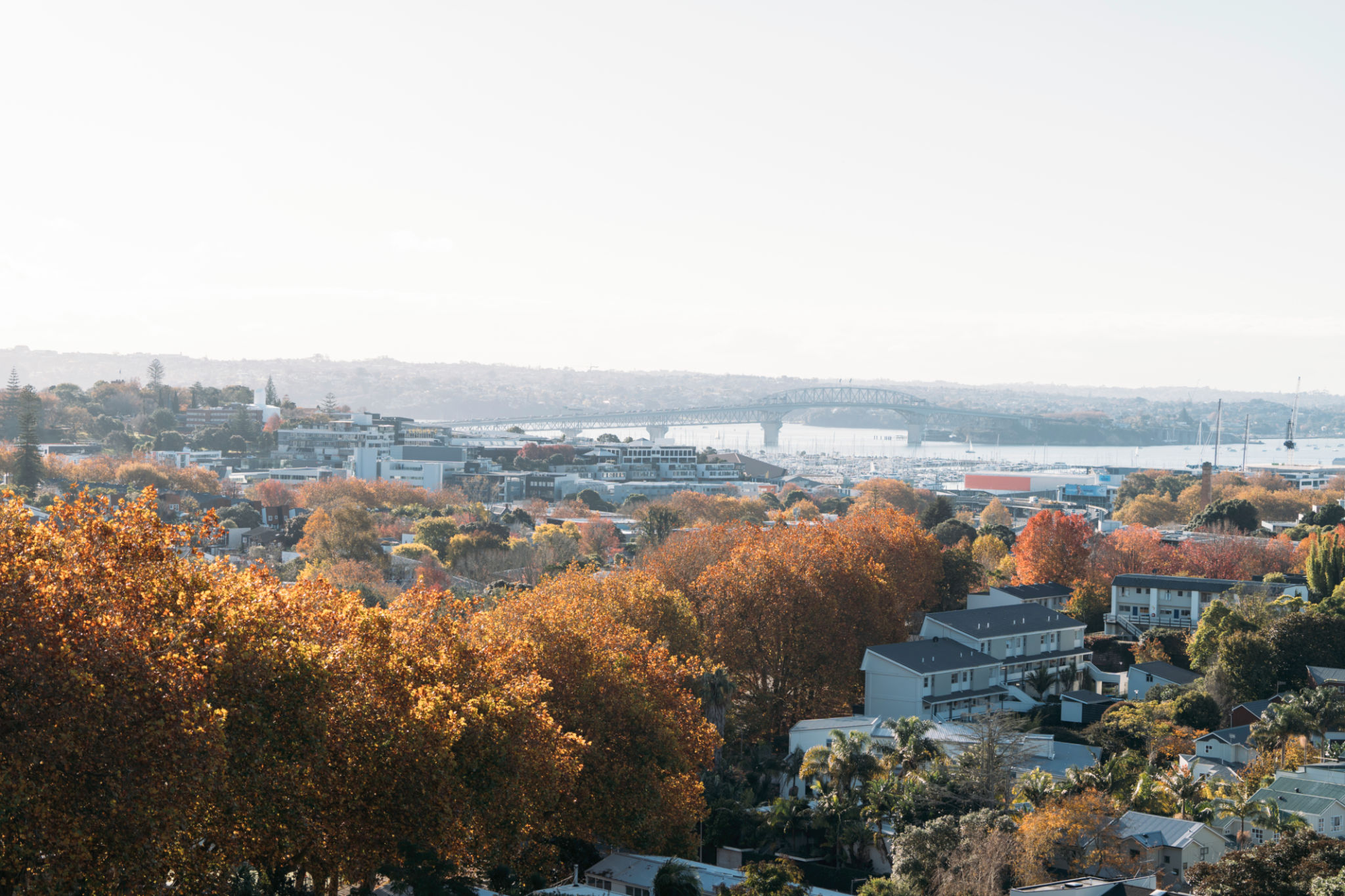How Weather in Auckland Affects Linemarking: Tips for Durable Results
Understanding Auckland's Weather Patterns
Auckland's weather is known for its unpredictability, with rapid shifts that can encompass all four seasons in a single day. This variability poses unique challenges for linemarking projects, as the materials and methods used must withstand frequent changes in temperature, humidity, and precipitation. Understanding these weather patterns is crucial for achieving durable results.
The region experiences a maritime climate, characterized by mild, wet winters and warm, humid summers. These conditions can lead to challenges such as moisture seeping into linemarkings, causing them to deteriorate faster than expected. By considering these factors, you can choose the right materials and techniques to ensure longevity.

Choosing the Right Materials for Auckland's Climate
When it comes to linemarking in Auckland, selecting the appropriate materials is essential. The right choice can significantly enhance durability and performance. Here are some materials that work well in Auckland's climate:
- Thermoplastic Paint: Known for its resilience against heavy rainfall and UV exposure.
- Epoxy Paint: Offers excellent adhesion and is effective in humid conditions.
- Waterborne Paint: Eco-friendly and suitable for areas with frequent rain.
Each of these materials has its advantages, making them suitable for different applications based on specific environmental conditions. Consulting with a linemarking specialist can help determine the best option for your project.
Timing Your Linemarking Projects
The timing of linemarking projects in Auckland can have a significant impact on their success. It's crucial to plan these projects during periods of stable weather to avoid premature wear and tear. Ideally, aim for late spring or early autumn when the weather is more consistent.
Avoid scheduling linemarking during peak rainy seasons or periods of extreme heat. High temperatures can cause paint to dry too quickly, while excessive moisture can prevent proper adhesion. Monitoring weather forecasts closely will help ensure optimal timing.

Preparation and Application Techniques
Proper preparation and application techniques are key to achieving durable linemarking results in Auckland. Start by ensuring the surface is clean and dry, as debris or moisture can hinder paint adhesion and longevity.
Use high-quality stencils and equipment to ensure precision. Applying multiple layers of paint can also enhance durability, especially on high-traffic areas. For best results, adhere to manufacturer guidelines regarding temperature and humidity during application.
Regular Maintenance and Inspection
Even with the best planning and execution, regular maintenance is necessary to extend the life of linemarkings. Conduct routine inspections to identify any signs of wear or fading early on. Promptly addressing minor issues can prevent more significant deterioration.

Consider setting up a maintenance schedule tailored to the specific needs of your linemarked areas. This proactive approach will help maintain visibility and safety while reducing long-term costs associated with repairs or replacements.
Conclusion
Linemarking in Auckland requires careful consideration of local weather conditions to achieve lasting results. By selecting appropriate materials, timing projects wisely, following best practices in preparation and application, and maintaining regular inspections, you can ensure that your linemarkings remain vibrant and effective despite Auckland's challenging climate.